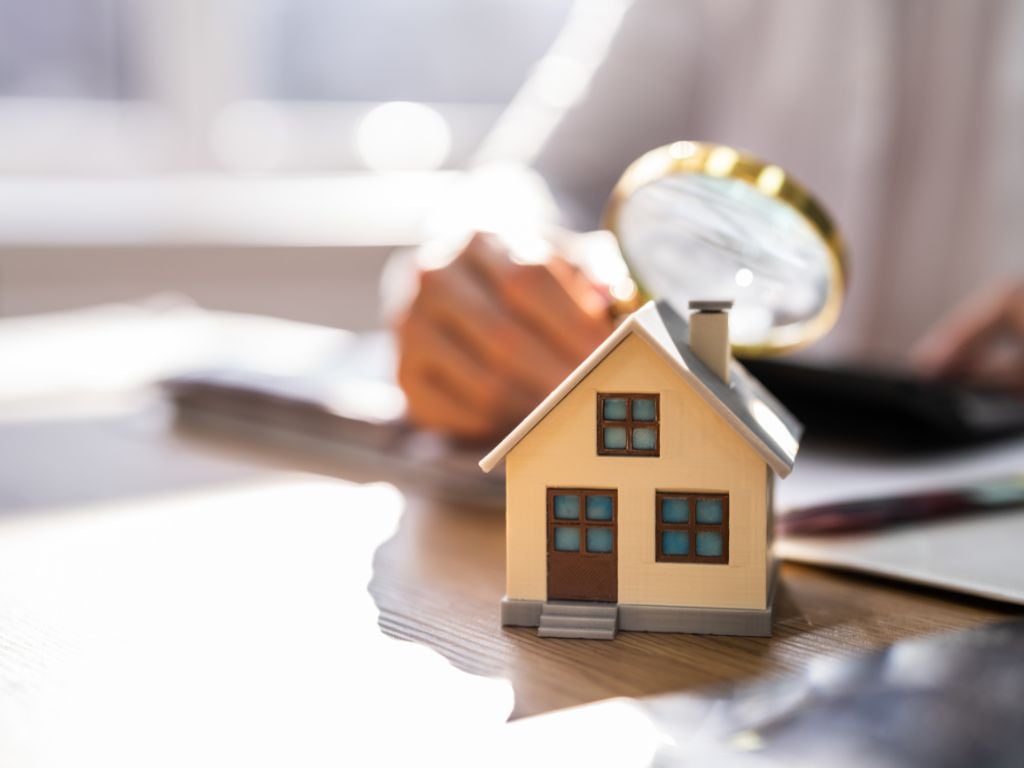12 Important Things to Look at When Buying an Older Home in Rhode Island (Beyond Just Layout & Location)
After attending hundreds of home inspections, overseeing three major renovations on historic properties, and working closely with countless buyers, I’ve seen firsthand the costly surprises that can arise if buyers don’t look a little deeper. Here are twelve essential aspects you should keep an eye on when evaluating older homes beyond layout and location.
1. Exterior Siding
The type and condition of the exterior siding matter a lot. Materials like wood or stucco can be beautiful, but they also require upkeep. Vinyl is durable, but if it’s aged or damaged, it can let in moisture, leading to mold or rot. Check for any cracks, peeling, or signs of wear and tear.
2. Windows and Sills
Older windows often cause drafts and energy inefficiency. Look for well-sealed, double-paned windows and check sills for any signs of rot or wear.
3. Electrical Service Line
The line bringing electricity from the street to the house isn’t always something people think to inspect. But an old, sagging, or visibly damaged line can pose a safety risk and cost thousands to replace.
4. Roof Age and Material
Roof materials and age make a big difference in durability and future costs. Look for signs of missing shingles, curling, or wear – these can all indicate that the roof may be due for replacement soon.
5. Foundation and Basement
In Rhode Island’s older homes, foundation issues can range from minor cracks to severe structural challenges. Check for any signs of water damage, mold, or cracking in the basement, as these can indicate foundation problems.
6. Furnace and HVAC System
Heating and cooling systems play a major role in your home’s comfort and energy efficiency. Replacing a furnace or AC unit can be a big expense, so understanding their age and condition is essential.
7. Water Heater
Water heaters tend to last between 8-12 years. An old, inefficient water heater can lead to high utility bills. Tankless options often offer better efficiency.
8. Plumbing Type
In older homes, plumbing can be a mixed bag. Copper and PEX are generally preferred, so ask your inspector to note any outdated materials.
9. Electrical Wiring
Many Rhode Island homes are filled with history, which can mean electrical systems that date back several decades. Older wiring can pose fire hazards and insurance issues, so confirm that the panel can handle today’s power demands.
10. Appliance Age and Condition
Appliances may look new, but it’s wise to check their age and functionality. Outdated or poorly working appliances can increase energy costs and may need replacing.
11. Attic Ventilation and Condition
Good attic ventilation helps prevent mold growth and keeps heating and cooling costs down. Take a peek for signs of proper ventilation and damp insulation.
12. Flooring Condition and Type
Hardwood, tile, laminate, and carpet all have different lifespans and maintenance needs. Flooring condition impacts durability, so take a moment to examine it closely.
Taking a Closer Look Saves Money
These are all things I point out as we walk through homes together – this guidance is just one of the ways I support my clients beyond the basics of buying. If you have questions or want to dig deeper into any of these areas, I’m here to help!



